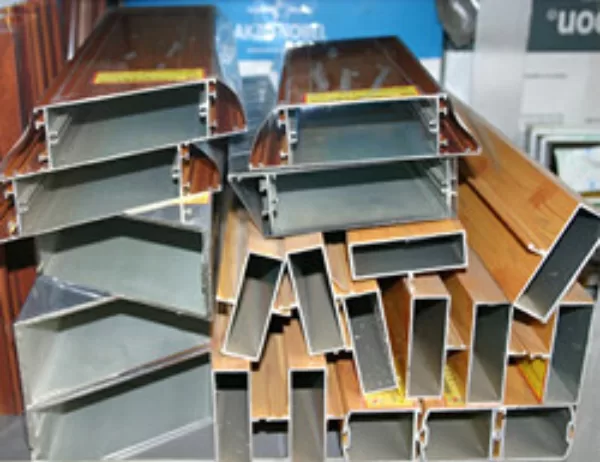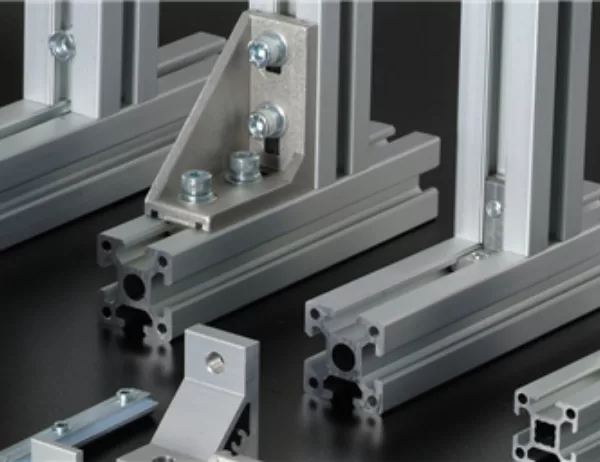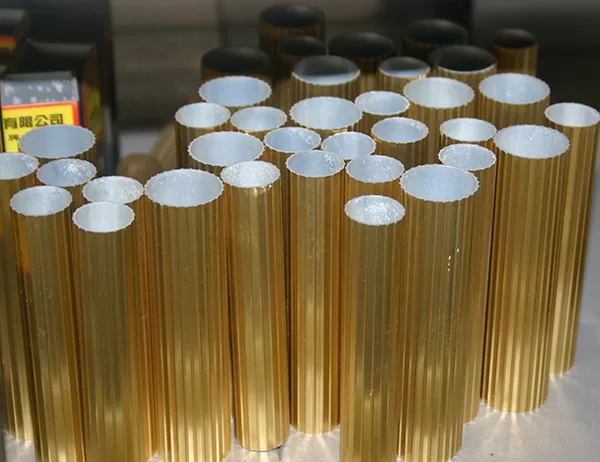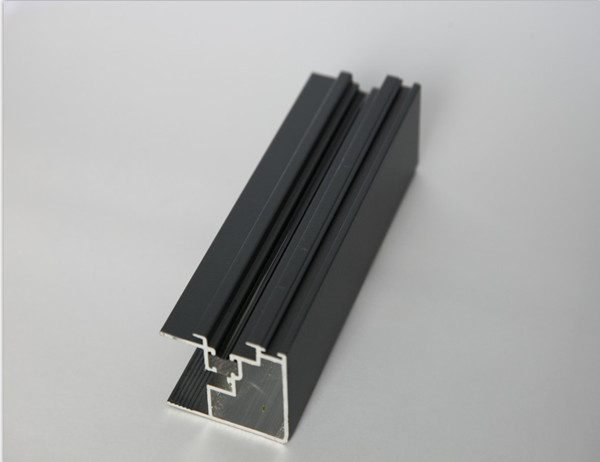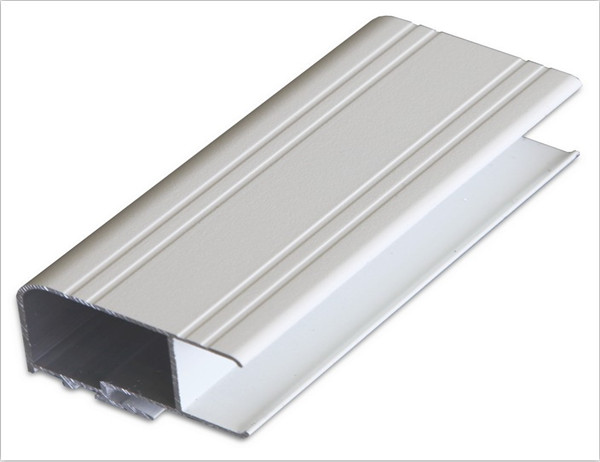Exploring the Versatile Panorama of Industrial Aluminum Profiles
In the realm of industrial fabrication, aluminum profiles stand as transformative elements, shaping countless applications with their unparalleled versatility. Their malleable nature and exceptional properties have earned them a prominent place in diverse industries, from construction and engineering to automotive and aerospace.
Delving into Diverse Shapes
Industrial aluminum profiles traverse an extensive spectrum of shapes, each tailored to specific functional requirements. From basic rectangular and square profiles to intricate T-shaped, U-shaped, and L-shaped designs, the possibilities are virtually endless. These variations in shape enable engineers and designers to optimize structural integrity, provide aesthetic appeal, and facilitate seamless integration into various applications.
Unveiling the Strength of Size
In addition to their shape, the size of industrial aluminum profiles plays a crucial role in determining their capabilities. Smaller profiles, such as those used in frames and enclosures, offer a combination of strength and flexibility. Larger profiles, on the other hand, are ideal for heavy-duty applications such as structural supports and machinery components, providing exceptional load-bearing capacity and resistance to deformation.
Leveraging the Advantages of Aluminum
Beyond their shape and size, industrial aluminum profiles inherit the inherent advantages of aluminum, a lightweight yet robust material. Their high strength-to-weight ratio allows for efficient structural designs, while their excellent corrosion resistance ensures durability in harsh environments. Furthermore, the natural luster and anodized finishes of aluminum profiles enhance aesthetic appeal, making them suitable for both functional and decorative purposes.
Optimizing for Specific Applications
The versatility of industrial aluminum profiles makes them highly adaptable to a multitude of applications. In construction, they serve as structural framing, curtain walls, and roofing systems. In engineering, they find use in machine frames, conveyors, and precision components. The automotive industry employs aluminum profiles for lightweight chassis, suspension systems, and interior trim. Aerospace applications benefit from their strength-to-weight ratio, enabling the construction of high-performance aircraft and spacecraft.
Conclusion
Industrial aluminum profiles embody the epitome of versatility in the industrial fabrication realm. Their diverse shapes and sizes cater to a wide range of functional and aesthetic needs. When combined with the inherent advantages of aluminum, these profiles empower engineers and designers to create innovative and robust solutions across countless industries. By exploring the multifaceted panorama of industrial aluminum profiles, we unlock a realm of possibilities and push the boundaries of technological advancement.
